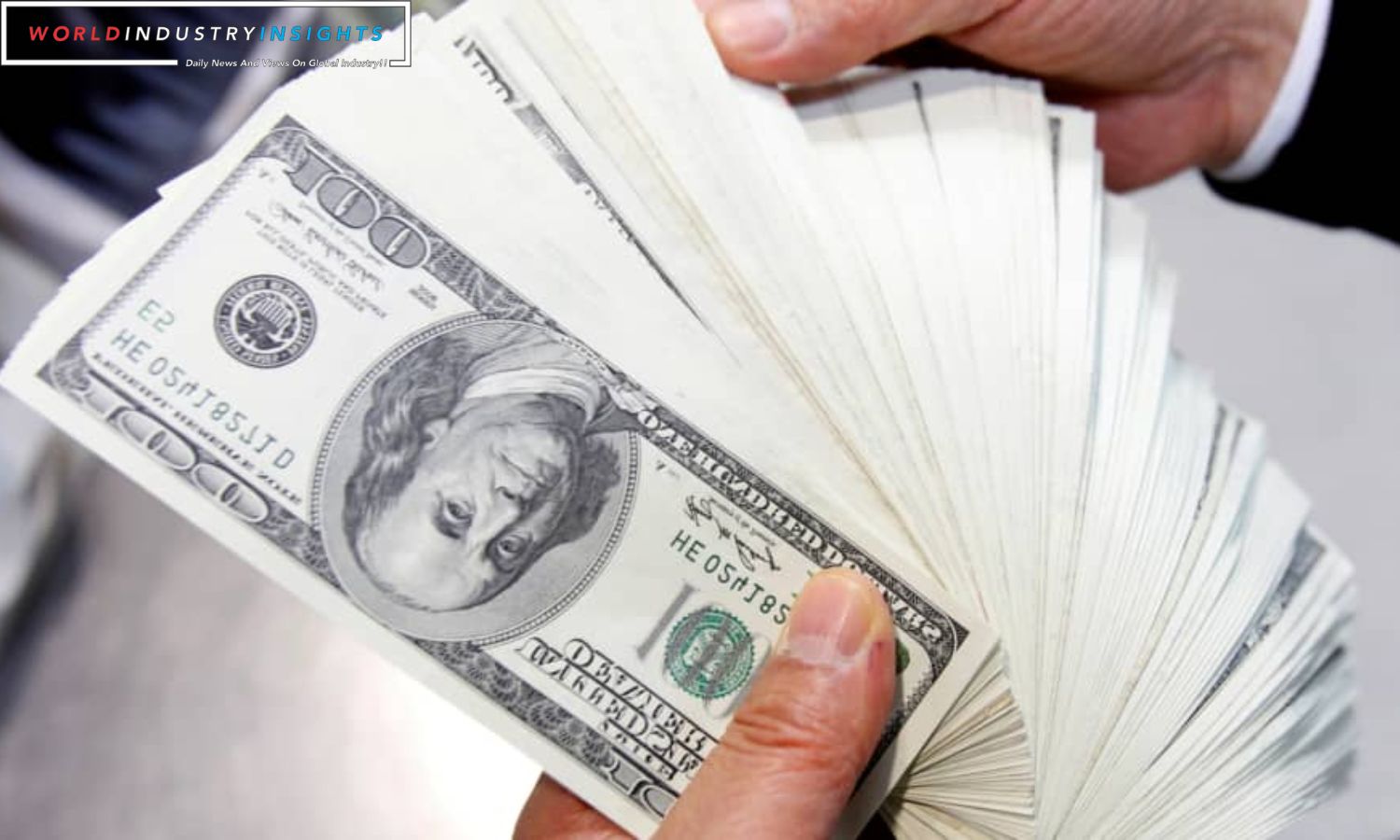Dollar Dips to Three-Month Low: The U.S. dollar took a tumble, hitting a three-month low against a basket of currencies, with traders unwinding long dollar positions ahead of crucial U.S. and euro zone inflation data this week. After hitting 103.15 in Asia tradethe lowest since August 31the dollar index rose 0.1% to 103.2. The dollar is expected to lose almost 3% in November, its worst showing in a year.
Simon Harvey, head of FX analysis at Monex Europe, notes the market’s anticipation of the next theme: monetary easing, improved conditions for risk assets, and a weaker dollar. However, he cautions that the momentum is showing signs of fading.
Short-term focus remains on market sentiment, particularly the prevalent trade of the monthlong equities, short dollar. Psychological levels are crucial, with the euro consistently testing $1.0960 and facing resistance.
Also Read: Dollar Dips to 2-Month Low: Feds Shifting Dynamics Propel Yuan and Aussie to Heights
The euro and sterling held steady, both hovering around their highest levels in about three months$1.09495 and $1.2627, respectively. The belief that the Fed’s rate increase cycle has concluded is adding downward pressure on the dollar. U.S. rate futures indicate a 25% chance of rate cuts by March, rising to nearly 45% by May, as per the CME FedWatch tool.
Traders are eagerly awaiting the U.S. core PCE price index this week, a key measure for confirmation of slowing inflation in the world’s largest economy. This comes amidst a week packed with significant economic events, including euro zone flash inflation data, Chinese PMI data, and an OPEC+ decision.
OPEC+, considering deepening oil production cuts, has delayed its policy meeting to Thursday. The Japanese yen steadied at 148.63 per dollar, continuing its recovery, while the Swiss franc held firm at 0.8810 per dollar. The Australian dollar briefly touched a four-month high at $0.6632, and the kiwi hit its highest since August 10 at $0.6114 before a slight retreat. The Reserve Bank of New Zealand, with a policy meeting on Wednesday, is expected to maintain interest rates at 5.50% for the fourth consecutive time.
Our Reader’s Queries
Why is the dollar weakening?
When rates fall, it’s usually not good news for the dollar. This is because investors seeking higher yields may find assets in other currencies more appealing. While experts predicted a weaker dollar in the coming year, a quicker rate cut could speed up its decline.
Is Dedollarization a real thing?
Although the dollar remains a dominant currency for transactions, there is a noticeable trend towards de-dollarization in FX reserves. Additionally, the greenback’s influence in oil markets is waning, as more sales are being conducted in non-dollar currencies.
What could cause the dollar to fall?
The value of a currency is influenced by a multitude of factors. The depreciation of the U.S. dollar in comparison to another currency is dependent on various aspects such as monetary policies, trade balances, inflation rates, investor confidence, political stability, and reserve currency status. These factors play a crucial role in determining the value of a currency.
What happens when dollar index falls?
When the value of the dollar drops, it loses its buying power on a global scale. This can have a direct impact on consumers, as seen with the rising cost of oil imports. A weaker dollar means higher oil prices, which in turn means less gas for the same amount of money. This can be a significant burden for many consumers.


